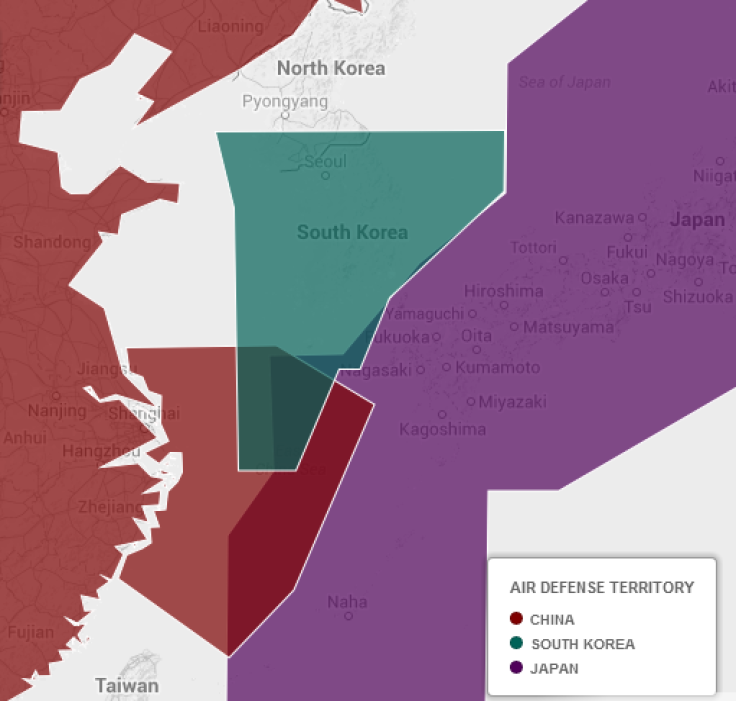Map Of South Korea's Expanded Air Defense Zone Combined With Japan And China's ADIZ

Over the weekend South Korea announced it has extended their air defense zone to partially overlap with China’s recently established and highly controversial Air Defense Identification Zone (ADIZ) in the East China Sea.
Here’s a look at what South Korea’s new air zone would look like compared to China’s two-week old air zone, in addition to Japan’s:
South Korea’s announced as of Dec. 15, the country will be modifying the air defense territory by expanding to include 666,480 sq. km more area, which roughly two thirds the size of the country. The announcement has furthered tensions in the disputed waters and islands in the East China Sea. As China and Japan, and Japanese allies the U.S., engage in a continued territorial dispute over a cluster of resource-rich islands known as the Diaoyu to Chinese and Senkaku to the Japanese and Americans, another dispute is brewing with South Korea.
The newly proposed air zones of both China and South Korea include the airspace of a submerged rock formation in the Yellow Sea, known in English as Socotra Rock, in Korean as Ieodo and in Chinese as the Suyan Rock. Aside from being a point of nationalistic pride, according to a report by the Korea Times, the rock could potentially be a hotbed of natural resources and mineral deposits, as well as an essential "exclusive economic zone" or EEZ, which could be additional incentive to lay claim to the area. The rock also happens to fall in Japan’s claimed air defense zone, but the country does not lay claim to the territory.
While the South Korea nor China are likely to back down from claiming the underwater rock, the dispute is still overshadowed by the mounting tension over the Senkaku/Diaoyu islands.
Map by Lisa Mahapatra.
© Copyright IBTimes 2024. All rights reserved.












